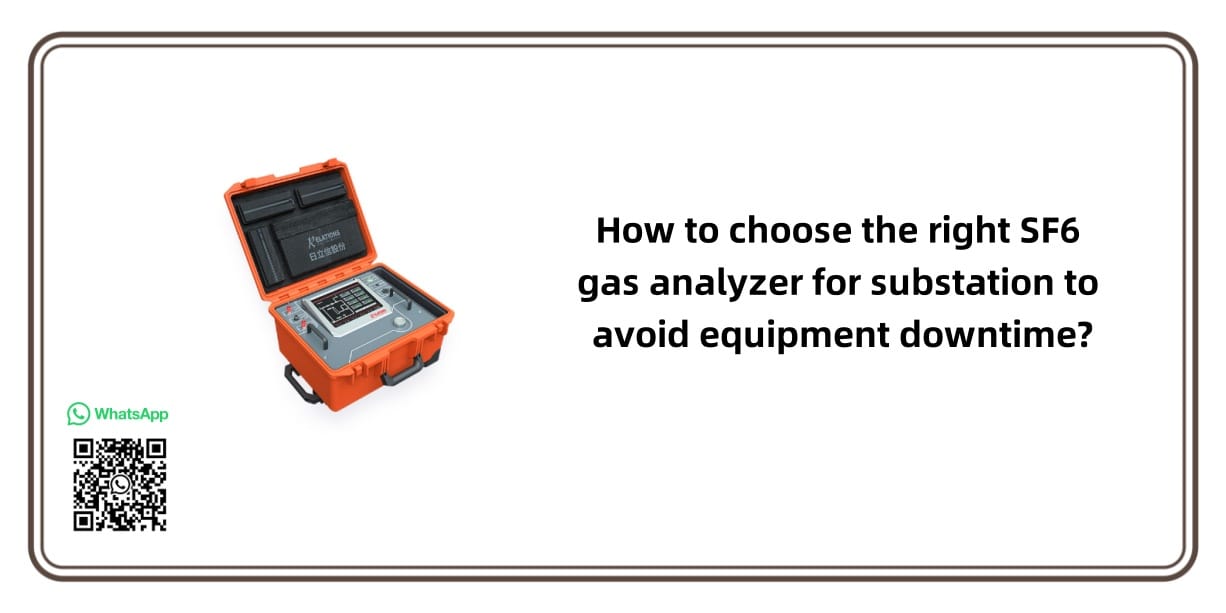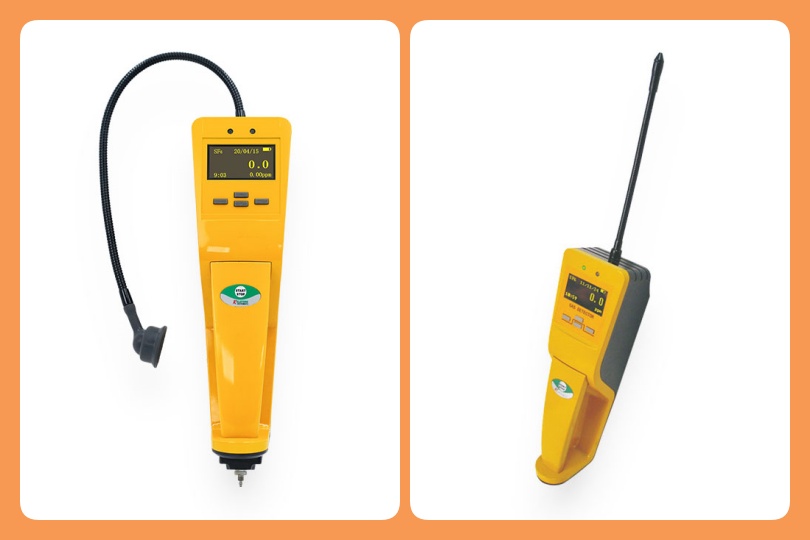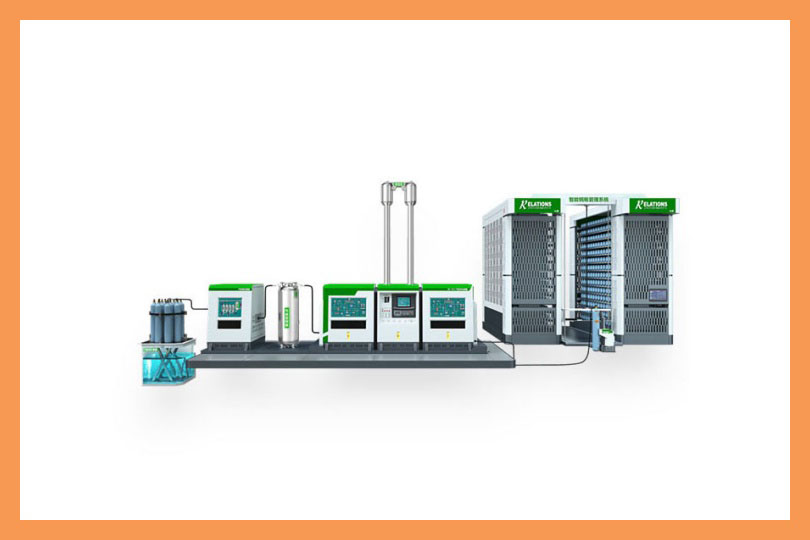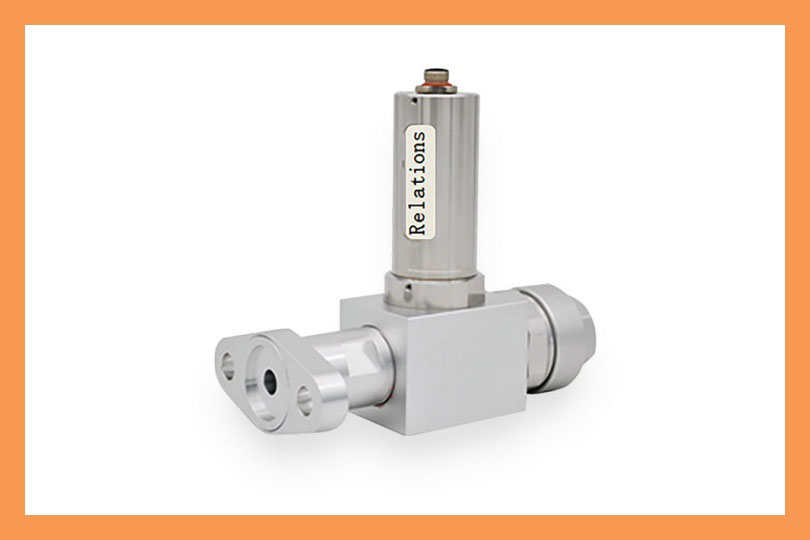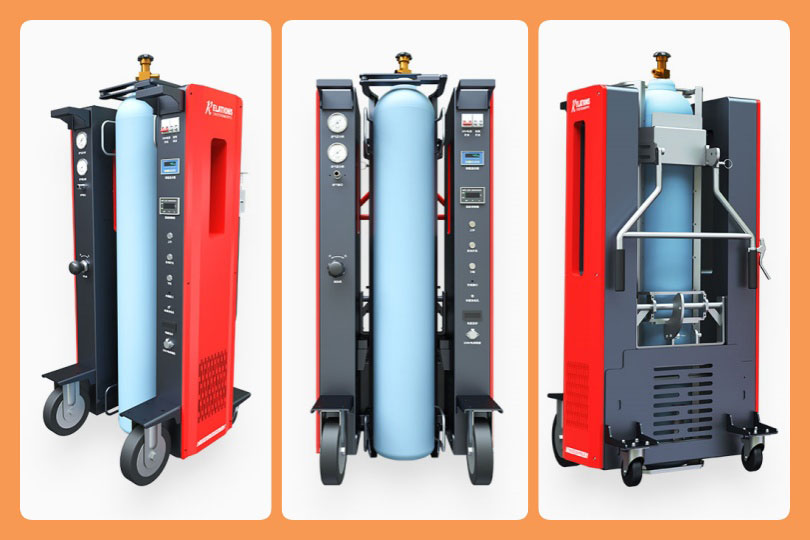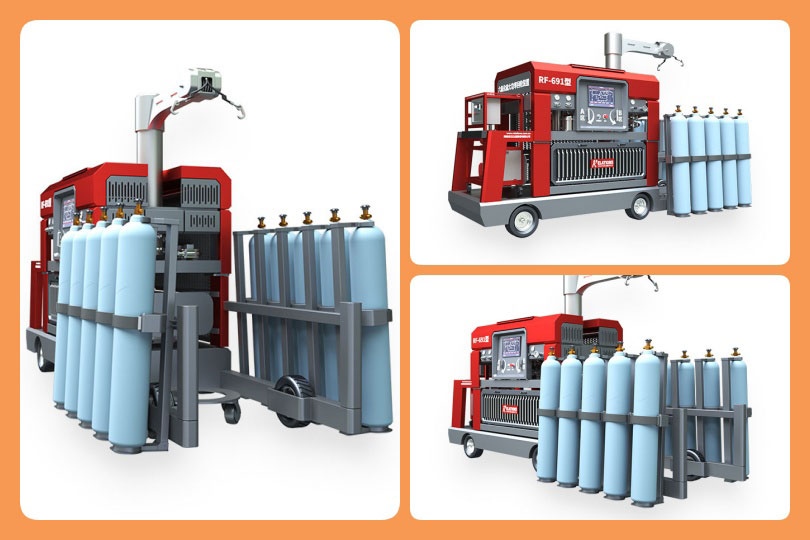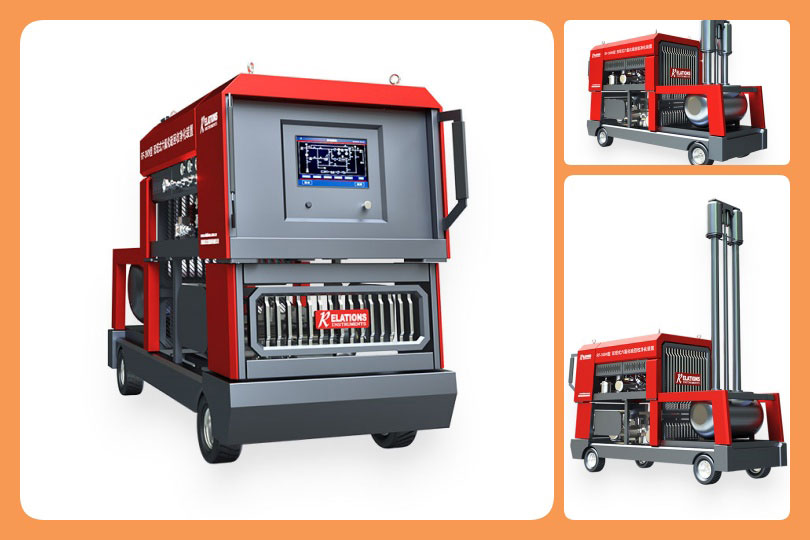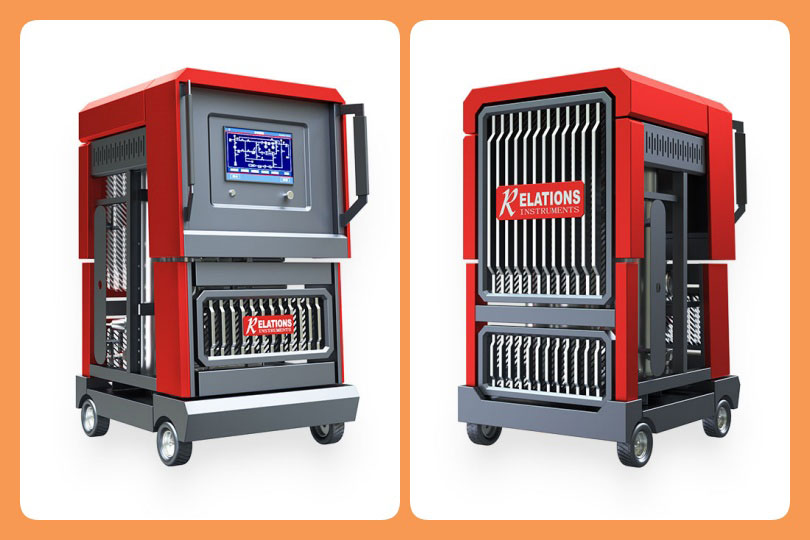How to choose the right SF6 gas analyzer for substation to avoid equipment downtime?
Substations serve as the “nerve center” of power grids, and high-voltage equipment (e.g., 110kV/220kV circuit breakers, power transformers) depends on SF6 gas for insulation and arc-quenching. Yet SF6 gas leakage poses dual risks: it degrades dielectric performance (leading to unplanned outages that cost utilities $50,000–$200,000 per incident) and has a greenhouse effect 23,500 times stronger than CO₂—violating global environmental regulations like the Paris Agreement. For substation operators facing pressure to cut downtime and meet sustainability goals, an
SF6 gas analyzer for substation
is not just a tool, but a necessity to protect equipment and comply with standards.
The primary role of an SF6 gas analyzer for substation is to monitor three non-negotiable parameters in real time, directly addressing equipment failure risks:
- Purity: SF6 purity below 99.5% weakens insulation, increasing the chance of dielectric breakdown. Advanced analyzers (e.g., models with TCD sensors) deliver ±0.1% accuracy, triggering alarms when purity drops—for example, a sudden 2% purity decline in a 220kV circuit breaker may indicate a seal leak, allowing repairs before a costly outage.
- Moisture Content: Moisture levels exceeding 500 ppmv (as per IEC 60480) cause corona discharge and internal metal corrosion. A quality SF6 gas analyzer for substation can detect moisture down to 10 ppmv, preventing long-term equipment degradation.
- Leakage Rate: Even tiny leaks (≥0.1% per year) can lead to 5–10kg of SF6 loss annually. Portable models let technicians conduct on-site leak tests, avoiding the need for off-site sampling and reducing detection time by 70%.
Today’s
SF6 gas analyzer for substation is designed for on-site practicality, addressing substation-specific challenges (dust, temperature fluctuations, limited mobility):
- Portability: Lightweight models (≤5kg) with ergonomic handles let technicians move between outdoor and indoor equipment—critical for large rural substations. Battery life of 8+ hours supports all-day testing without recharging.
- Durability: IP54-rated dust and moisture resistance ensures performance in harsh environments (e.g., -20°C to 50°C), a must for outdoor substations.
- Smart Integration: Built-in 4G/Wi-Fi lets teams share data remotely, while 10,000+ data storage capacity tracks historical trends (e.g., monthly moisture changes). Auto-calibration (via built-in standards) reduces human error, a key benefit for busy maintenance teams.
- Compliance: Certifications like IEC 60480 and ANSI C37.120 ensure alignment with global safety norms, avoiding regulatory penalties.
Not all analyzers fit every substation—prioritize these factors to avoid wasted investment:
- Accuracy & Stability: Choose models with ≤0.2% annual drift (e.g., laser-based analyzers) for long-term reliability. For 500kV+ substations, opt for dual-sensor (TCD + laser) technology for higher precision.
- Compatibility: Ensure the analyzer matches your equipment’s SF6 volume—smaller models work for switchgears, while high-flow analyzers suit large transformers.
- After-Sales Support: Look for suppliers offering 24/7 calibration services (recommended every 6–12 months) and on-site troubleshooting—delays in calibration can render data unreliable.
- Cost-Efficiency: A portable SF6 gas analyzer for substation costs 30–50% less than fixed monitoring systems, making it ideal for substations with multiple equipment units.
A European utility company reduced unplanned outages by 35% after adopting a SF6 gas analyzer for substation—detecting a transformer seal leak 2 weeks before it would have failed. Another case: a U.S. substation cut SF6 emissions by 40% by using the analyzer to fix leaks, avoiding $15,000 in environmental fines. These results prove the analyzer is an investment, not an expense—it protects grid reliability, reduces costs, and supports sustainable power operation.
An SF6 gas analyzer for substation is the backbone of modern substation maintenance. By monitoring critical SF6 parameters, withstanding harsh conditions, and aligning with global standards, it solves two of operators’ biggest pain points: equipment downtime and environmental non-compliance. For substations aiming to boost efficiency and meet long-term sustainability goals, integrating a high-quality SF6 gas analyzer is a strategic choice.
